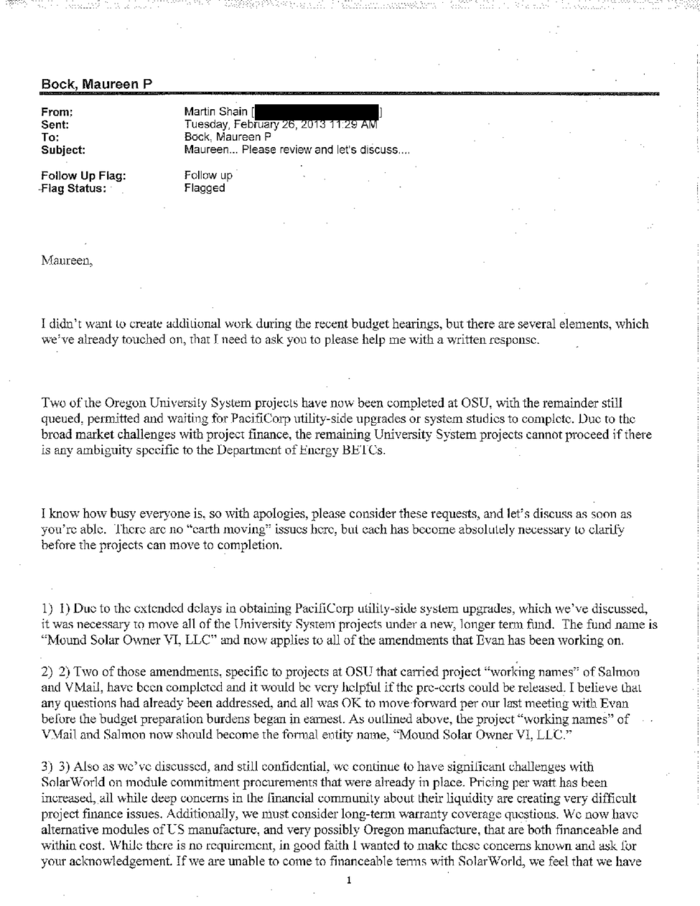If you’ve ever watched the movie Wall-E, then you probably remember how the world looked after humans over-saturated the atmosphere with satellites and pollution. Because of this, the planet was no longer habitable, resulting in the humans having to live in a massive spaceship. Although this is a very exaggerated scenario, the issue of climate change is a very real global concern, and scientists are researching the best remedy for our decaying environment. One of these researchers is a billionaire futurist named Elon Musk.
Well-known for his success in creating PayPal, as well as the electric car company Tesla and space exploration company SpaceX, Musk certainly has a lot of experience in the technology and innovation field. However, it’s his newest idea that is causing a lot of scientists to “heat up.” In an interview with Stephen Colbert on the Late Show, Colbert brought up that Musk wants to send a handful of people to Mars to colonize the planet in hopes that it will provide a “plan B,” in case our environment ever deteriorated.
When asked how we can make the “fixer-upper of a planet” ready and able to support human life, Musk responded by saying that “you can warm it up. The warming could happen quickly or slowly. The quick way is to drop thermonuclear weapons over the poles.” Colbert jokingly responded by calling Musk a super-villain.
Before you can dive deep into how unfeasible the idea of nuking a planet is, it’s worth pointing out the fact that SpaceX has never had a successful takeoff and landing in a reusable rocket mission. If that doesn’t discredit Musk’s idea for Mars, then statements from researchers committed to space exploration will. NASA responded to the interview by saying “we are also committed to promoting exploration of the solar system in a way that protects explored environments as they exist in their natural state.”
Another expert in atmospheric sciences, Michael Mann, who is the director of the Earth System Science Center at Penn State University described the issues with nuclear weapons. He said that rather than warming Mars to a habitable temperature for humans, thermonuclear weapons would “generate so much dust and particles that they literally block out a significant portion of the incoming sunlight, cooling down the planet.” Another astronomer, Christopher Impey from the University of Arizona, commented on the terrible idea of nuking the poles.
”Even if we could afford to launch thousands of thermonuclear warheads to Mars, we shouldn’t. You would sort of Chernobyl-ize the whole planet. A radioactive cloud would quickly disperse all around Mars making it hazardous for anyone who went there,” Impey said.
Clearly the idea of “dropping thermonuclear weapons on the poles” is scientifically implausible. The idea of using our vital scientific resources to get a few eager humans to Mars is a lot to handle, but to then suggest that we should waste more resources and money to bomb the planet and most likely ruin any chances of permanent colonization is even more ridiculous. The ethics behind us going to a planet that has never been walked on and making such a drastic change to its environment are dubious at best. We should try to fix our own climate before we ruin the climate of another planet by setting off thermonuclear weapons on the surface of Mars.

